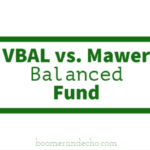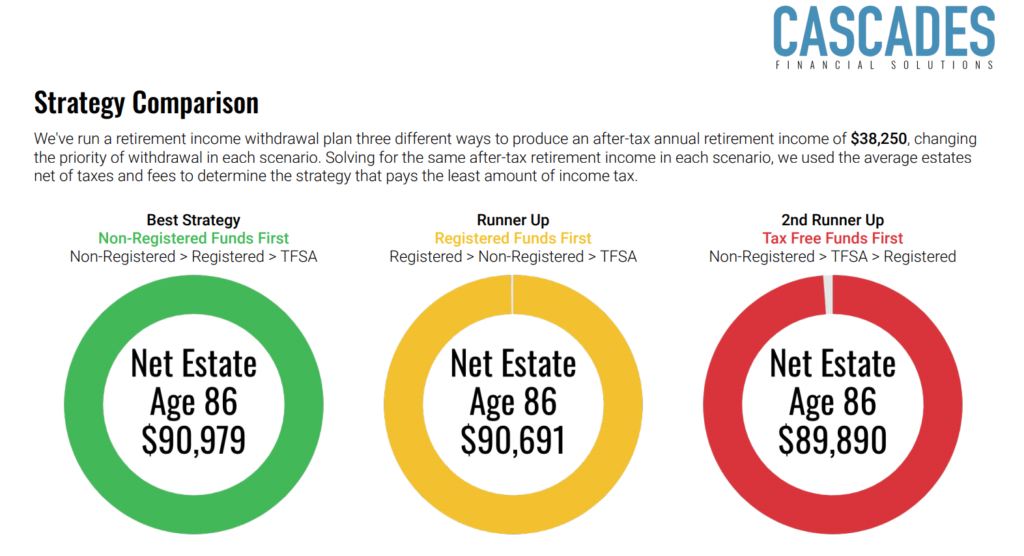 Investors could have done a lot worse over the past 30 years than investing in the Mawer Balanced Fund. Mawer, which epitomizes the art of boring investing, has been nothing short of consistently brilliant: with annual returns of 8.5 per cent since the fund’s inception in 1988.
Investors could have done a lot worse over the past 30 years than investing in the Mawer Balanced Fund. Mawer, which epitomizes the art of boring investing, has been nothing short of consistently brilliant: with annual returns of 8.5 per cent since the fund’s inception in 1988.
Investment giant Vanguard doesn’t have the same longevity or track record here in Canada, but its launch of the Vanguard Balanced ETF portfolio (VBAL) gives investors another one-stop investing option.
This post will go under the hood and compare VBAL to the Mawer Balanced Fund for investors looking for a one-stop investing solution for the next two to three decades.
About Vanguard
Vanguard is legendary in the United States and is largely credited for pioneering low-cost index investing. It came to Canada in December, 2011 and now offers nearly 40 ETFs and four mutual funds to Canadian investors with a total of $17 billion in assets under management (Dec 2018).
VBAL was introduced by Vanguard Canada in January, 2018 as part of a new suite of asset allocation ETFs (including VGRO and later VEQT). These funds have proven popular among Canadian investors and have collectively gathered more than $1 billion in assets.
Before their introduction, investors did not have access to a one-stop ETF solution. Instead, they’d have to build multi-ETF portfolios to get exposure to Canadian, U.S., and International equities, plus another ETF or two for fixed income.
Vanguard turned that around with what I’ve called a game-changing investing solution. VBAL represents the classic 60/40 portfolio.
Vanguard Balanced ETF (VBAL)
VBAL is a fund of funds. That means its underlying holdings are made up of other Vanguard funds. So rather than seeing a bunch of individual stocks and bonds in VBAL’s holdings, you’ll instead see these seven products:
- Vanguard US Total Market Index ETF
- Vanguard Canadian Aggregate Bond Index ETF
- Vanguard FTSE Canada All Cap Index ETF
- Vanguard FTSE Developed All Cap ex North America Index ETF
- Vanguard Global ex-US Aggregate Bond Index ETF CAD-hedged
- Vanguard US Aggregate Bond Index ETF CAD-hedged
- Vanguard FTSE Emerging Markets All Cap Index ETF
The fund’s mandate is to maintain a long-term strategic asset allocation of equity (approximately 60%) and fixed income (approximately 40%) securities. It’s as diversified, globally, as you can get: with a whopping 12,318 stocks and 15,412 bonds wrapped up inside this one-stop balanced ETF.

VBAL has net assets of $675 million (June 30, 2019). Its distribution or dividend yield is 2.58 per cent (dividends paid quarterly). Its management expense ratio or MER is 0.25 per cent.
Investors can purchase VBAL through a discount brokerage account and it is an eligible investment inside an RRSP, RRIF, RESP, TFSA, DPSP, RDSP, or non-registered account.
VBAL’s performance data only goes back to its inception date of January 24, 2018. It has returned 4.05 per cent annualized since that time, and 10.44 per cent year-to-date (July 30, 2019).
Justin Bender, a portfolio manager at PWL Capital, has simulated the returns as if the fund did exist for the past 20 years and found the following annualized returns (as of June 30, 2019):
- 1-year return – 5.09%
- 3-year return – 7.22%
- 5-year return – 6.62%
- 10-year return – 7.95%
- 20-year return – 5.34%
You can read more about VBAL and its fact sheet and prospectus here.
About Mawer
If Vanguard is legendary for pioneering low cost investing, Mawer has achieved cult-like status among active investors for an incredible track record of outperforming its benchmarks. Mawer was founded in 1974. It’s a privately owned, independent investment firm, managing over $55 billion in assets. Mawer has locations in Toronto, Calgary, and Singapore.
While its philosophy is ‘be boring,’ Mawer’s performance is anything but. Of its 13 mutual funds, eight have beaten their benchmark index since inception: including the Mawer Balanced Fund, which trounced its benchmark over the last decade (9.9 per cent to 7.8 per cent). Continue Reading…







